Contrary to what textbooks have claimed for over a century, cell division does not always follow the same pattern. Researchers have just demonstrated that cells can divide asymmetrically, overturning the foundations of taught biology.
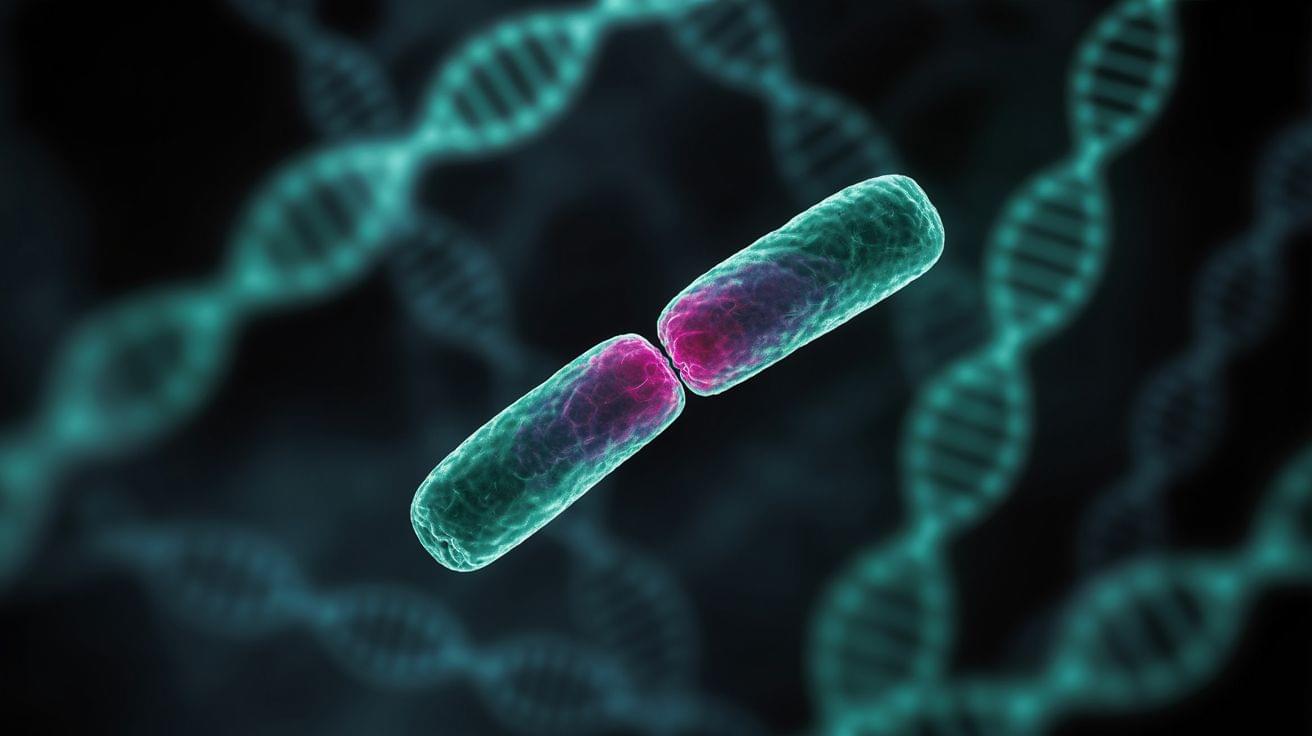

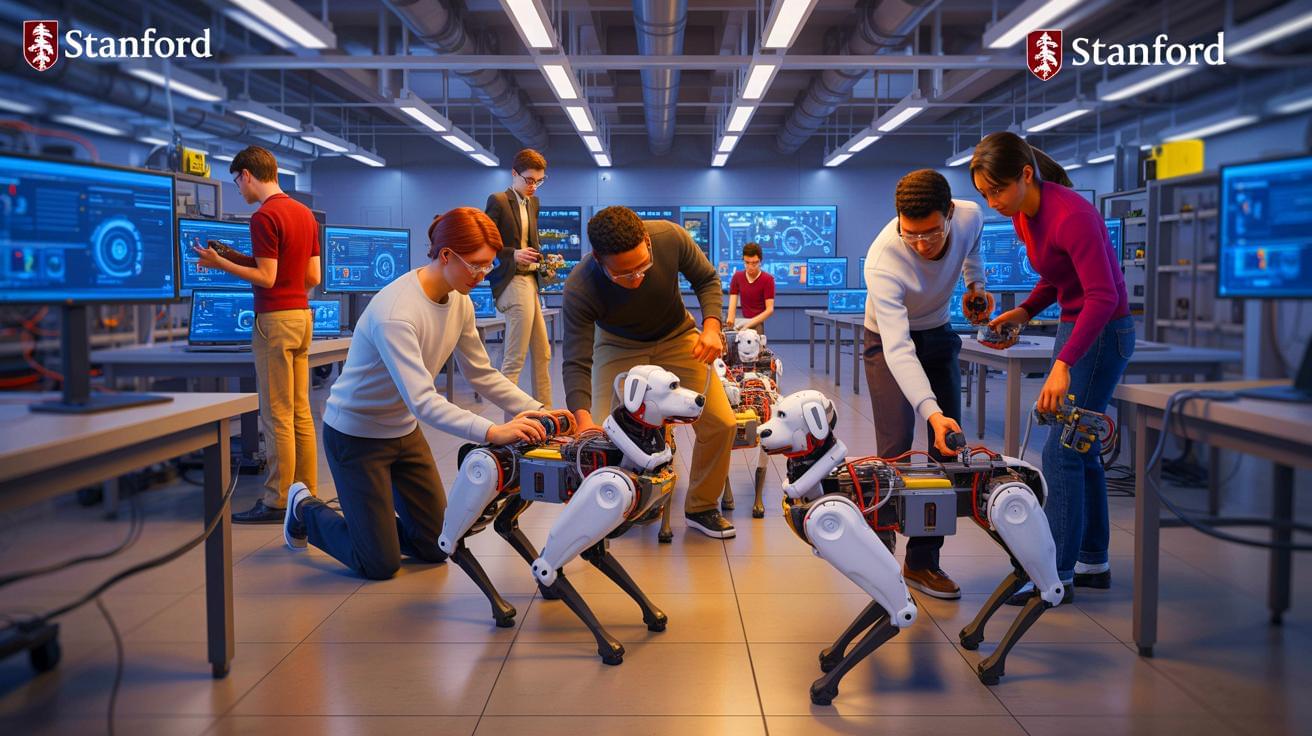
IN A NUTSHELL 🤖 Stanford University‘s course teaches students to build AI-powered robot dogs, blending education with technology. 🔧 Students learn hands-on robotics skills, from motor control to AI programming, using the “Pupper” quadruped kit. 🧠 The course shifts focus to AI, with students training neural networks to enhance Pupper‘s capabilities. 🌟 The program aims
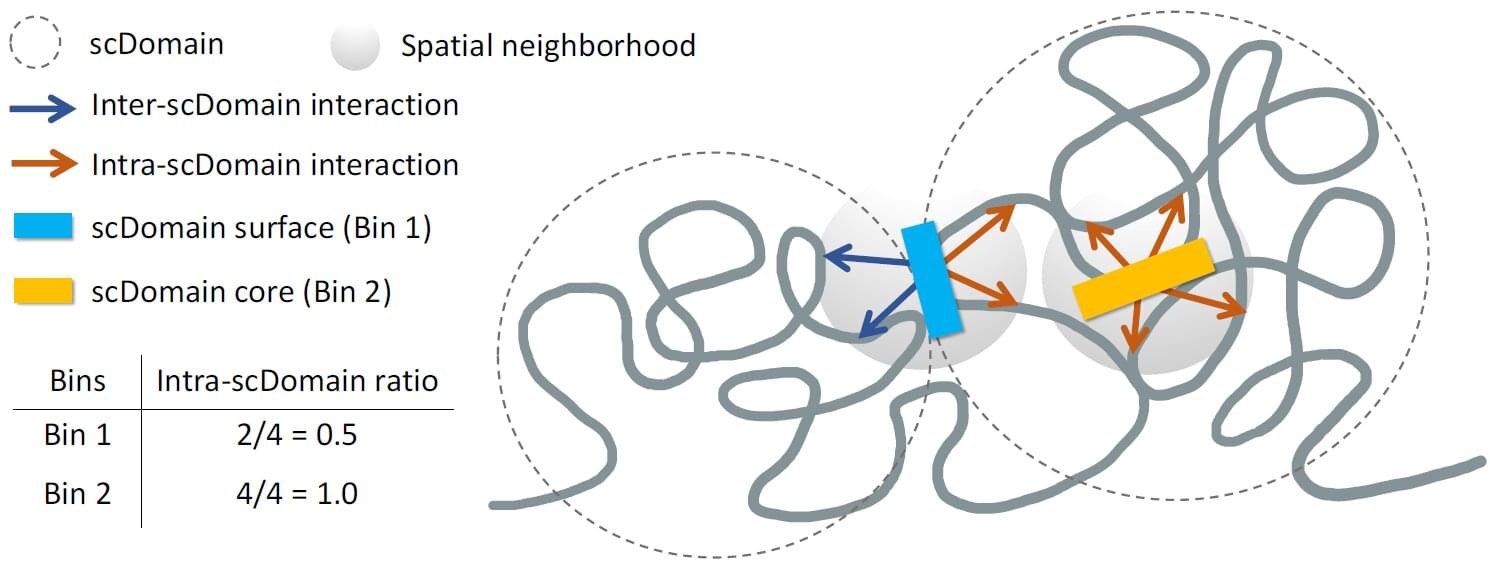
In biology textbooks and beyond, the human genome and DNA therein typically are taught in only one dimension. While it can be helpful for learners to begin with the linear presentation of how stretches of DNA form genes, this oversimplification undersells the significance of the genome’s 3D structure.
To fit in the nucleus of our cells, six feet of DNA is wound up like thread on protein spools called histones. In its packaged form called chromatin, coiled up DNA features many loops and clumps. While it may look random and messy to the untrained eye, these tumbleweed-like shapes bring certain genomic regions into close contact while sheltering others.
Problems with this 3D structure are associated with many diseases including developmental disorders and cancer. Almost 12% of genomic regions in breast cancer cells have incurred issues with their chromatin structure, while other structural issues are known to cause T-cell acute lymphoblastic leukemia.
Andrew Ng on June 17, 2025 at AI Startup School in San Francisco.
Andrew Ng has helped shape some of the most influential movements in modern AI—from online education to deep learning to AI entrepreneurship.
In this talk, he shares what he’s learning now: why execution speed matters more than ever, how agentic workflows are changing what startups can build, and why concreteness beats vagueness when turning ideas into products. He reflects on the rise of AI coding assistants, the shifting bottlenecks in product development, and why, despite faster software, it’s still human judgment and responsibility that will shape what comes next.
Apply to Y Combinator: https://ycombinator.com/apply.
Work at a startup: https:/workatastartup.com.
Chapters:
00:00 — Introduction.
00:31 — The Importance of Speed in Startups.
01:13 — Opportunities in the AI Stack.
02:06 — The Rise of Agent AI
04:52 — Concrete Ideas for Faster Execution.
08:56 — Rapid Prototyping and Engineering.
17:06 — The Role of Product Management.
21:23 — The Value of Understanding AI
22:33 — Technical Decisions in AI Development.
23:26 — Leveraging Gen AI Tools for Startups.
24:05 — Building with AI Building Blocks.
25:26 — The Importance of Speed in Startups.
26:41 — Addressing AI Hype and Misconceptions.
37:35 — AI in Education: Current Trends and Future Directions.
39:33 — Balancing AI Innovation with Ethical Considerations.
41:27 — Protecting Open Source and the Future of AI.

Ahh, summer, a time of vacations at the beach or mountains—and sky-high electricity bills as your air conditioner labors against the heat and humidity.
But what is the optimal temperature setting for your air conditioner?
And how does your body adapt to heat?
Northeastern University’s Stefan Kautsch, a teaching professor in physics, explains heat transfer and how the concepts he discusses in the classroom can also help humans survive sweltering temperatures.
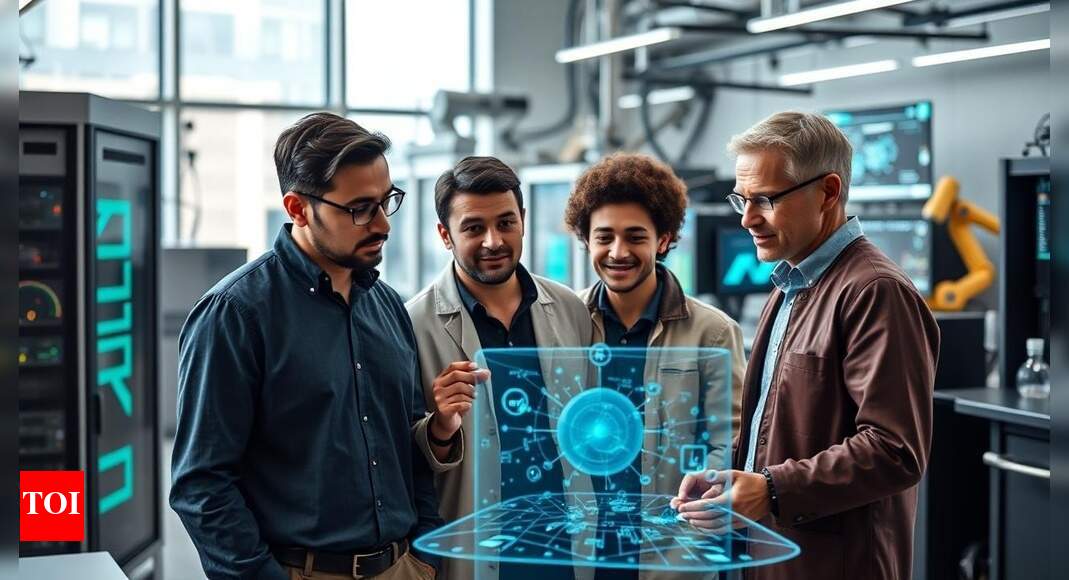
Meta’s Superintelligence Lab has assembled a world-class team of AI researchers from institutions like OpenAI, DeepMind, and Google. Their educational paths—often beginning in top universities in China or India and leading to elite Western institutions—reflect the global and interdisciplinary nature of AGI development. This article explores their academic journeys, highlighting how rigorous training in mathematics, computer science, and safety research underpins the next frontier of artificial intelligence.
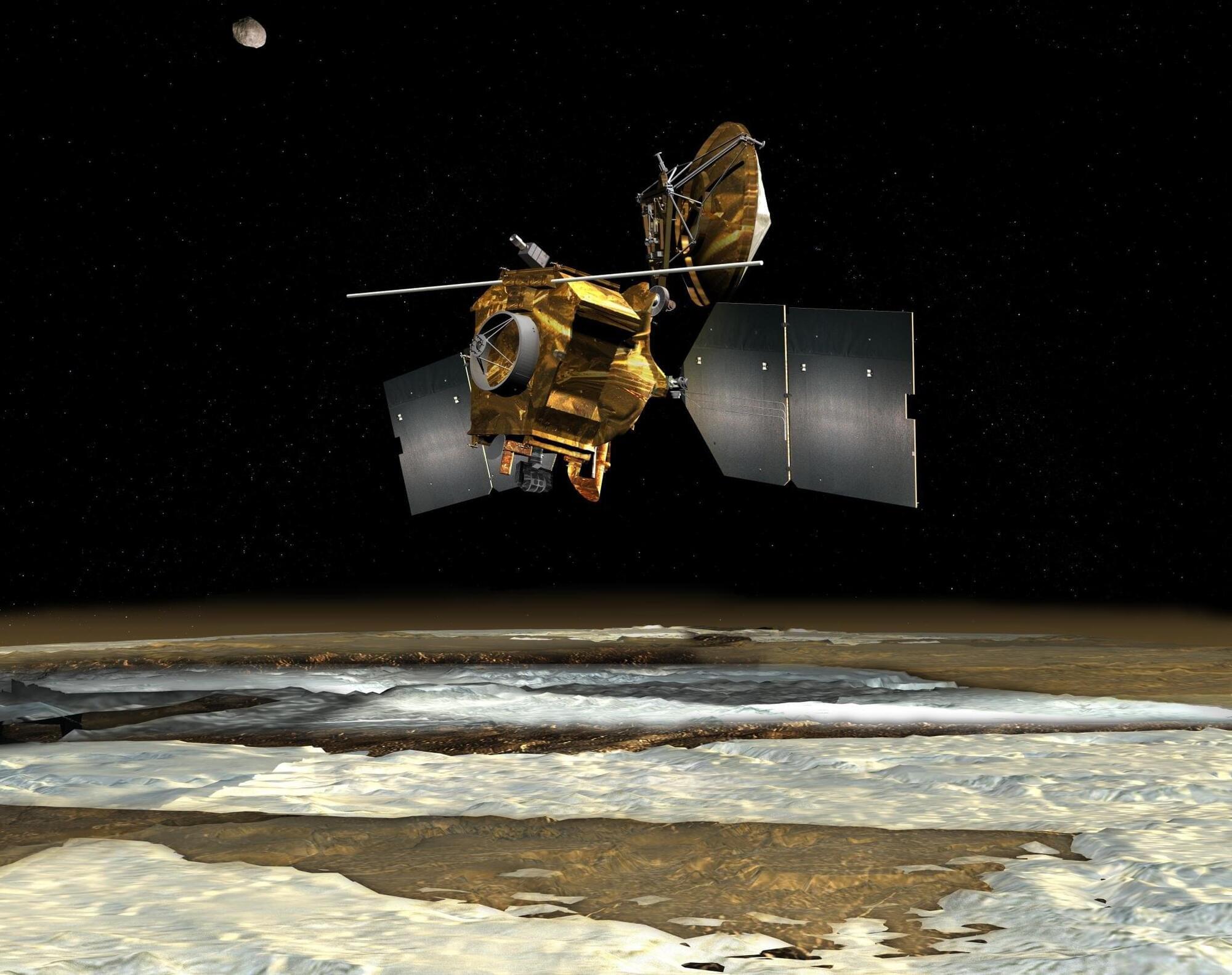
After nearly 20 years of operations, NASA’s Mars Reconnaissance Orbiter (MRO) is on a roll, performing a new maneuver to squeeze even more science out of the busy spacecraft as it circles the Red Planet. Engineers have essentially taught the probe to roll over so that it’s nearly upside down. Doing so enables MRO to look deeper underground as it searches for liquid and frozen water, among other things.
The new capability is detailed in a paper recently published in The Planetary Science Journal documenting three “very large rolls,” as the mission calls them, that were performed between 2023 and 2024.
“Not only can you teach an old spacecraft new tricks, you can open up entirely new regions of the subsurface to explore by doing so,” said one of the paper’s authors, Gareth Morgan of the Planetary Science Institute in Tucson, Arizona.

“This collaboration will not only position Texas Tech to address the evolving demands of the energy and technology sectors, but will also create meaningful educational opportunities for our students and research possibilities across many disciplines,” said Texas Tech University President Lawrence Schovanec.
In addition to internships and training programs, the project includes a dedicated academic and research facility with classrooms, offices and conference space for students and faculty across the university system.
Fermi America has also pledged to support a long-term excellence fund to advance research, promote academic priorities and expand student success initiatives throughout all five institutions in the Texas Tech University System.

Since ChatGPT appeared almost three years ago, the impact of artificial intelligence (AI) technologies on learning has been widely debated. Are they handy tools for personalised education, or gateways to academic dishonesty?
Most importantly, there has been concern that using AI will lead to a widespread “dumbing down”, or decline in the ability to think critically. If students use AI tools too early, the argument goes, they may not develop basic skills for critical thinking and problem-solving.
Is that really the case? According to a recent study by scientists from MIT, it appears so. Using ChatGPT to help write essays, the researchers say, can lead to “cognitive debt” and a “likely decrease in learning skills”
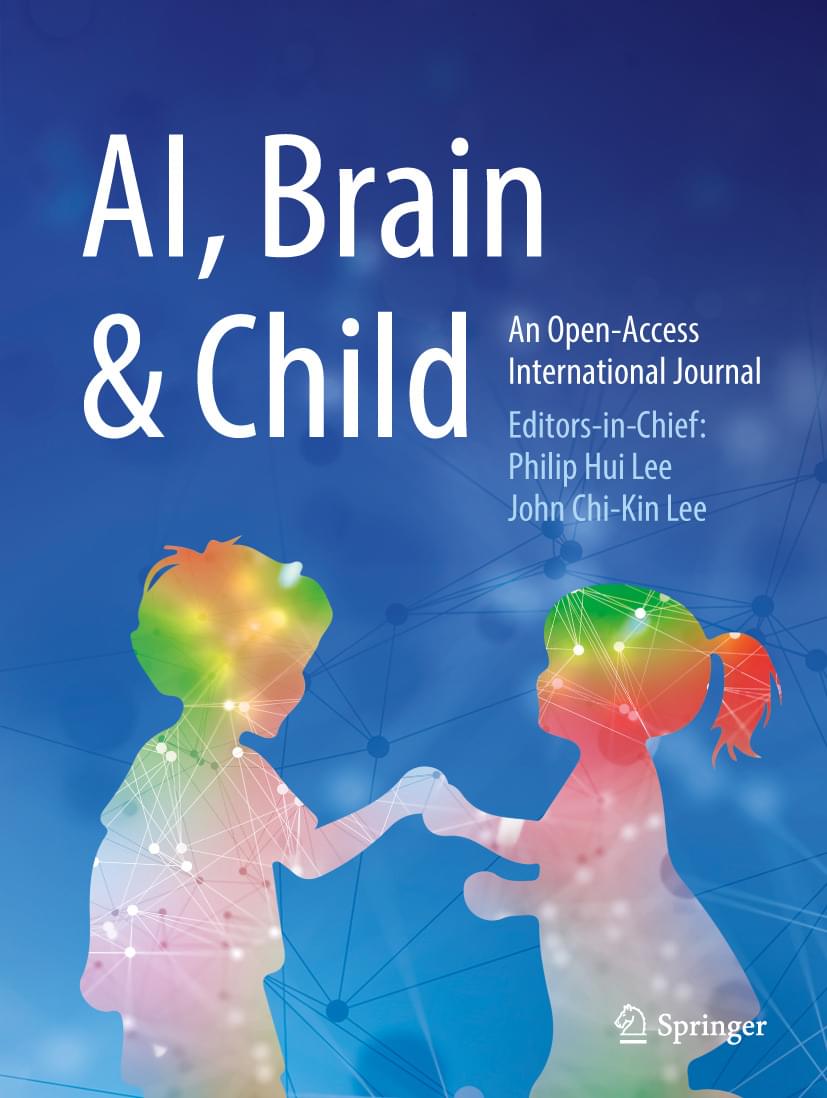
Artificial intelligence (AI) is rapidly permeating many aspects of our everyday lives and nearly every sector of society. In education, AI innovations are increasingly recognized for their transformative potential for enhancing teaching and student learning. In this article, I focus specifically on the evolution of AI in early childhood education (ECE), serving children from birth to age 8. To shed light on this phenomenon, I synthesize pertinent literature to yield conceptual, empirical, and practical insights. I begin with a historical perspective, tracing the origins of Turing’s conception of machine intelligence and the term “AI” to the current practical applications of AI in ECE and AI use by, for, and with children. I then examine developmental appropriateness and ethical considerations surrounding AI use. Next, I identify new opportunities and challenges for early childhood teachers, offering practical recommendations for education leaders and proposing future research directions. Finally, I conclude by reimagining an AI-powered future of ECE, emphasizing the need for supportive practices, active engagement, and the cultivation of positive dispositions among all key stakeholders, who must keep pace with the evolving AI landscape by navigating new opportunities, emerging challenges, and innovative developments. Additionally, I reimagine a transformative educational landscape enriched by student-centered, innovative teaching practices that catalyze learning in an AI-child interactive environment. In this reimagined and progressive educational landscape, the children are empowered with equal opportunities and equitable resources to naturally learn about and from developmentally appropriate AI tools as well as leverage them in ethical and responsible ways to enhance their learning.